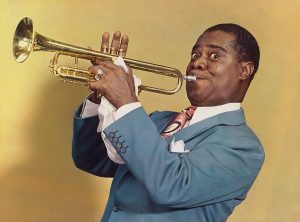What A little Moonlight Can Do
Billie Holiday
April 7, 1915 – July 17, 1959
Click here to Support Jazz on the Tube
Born to a teenage mother in Philadelphia in 1915, Eleanora Fagan endured a challenging childhood marked by struggles for survival and a lack of a stable upbringing, often finding herself in troublesome situations.
Upon her move to New York City, her difficulties in securing employment persisted. In 1929, Eleanor made the decision to explore performing in clubs.
As her reputation as a jazz singer flourished, Eleanora adopted a stage name, drawing from the names of actress Billie Dove and her father, Clarence Holiday.
During the early 1930s, at the age of eighteen, Billie Holiday’s potential was recognized by producer John Hammond, who arranged for her first recording session with a group led by Benny Goodman.
It was her frequent collaborator and friend Lester Young who first bestowed upon her the affectionate nickname ‘Lady Day’ during her early career.
In 1935, Billie recorded four additional tracks, including “Miss Brown to You” and “What a Little Moonlight Can Do,” which ultimately paved the way for a substantial contract with Columbia in the late 1930s.
Billie’s profound perspective is captured in her words:
“You’ve got to have something to eat and a little love in your life before you can hold still for any damn body’s sermon on how to behave.”
And another reflection:
“Somebody once said we never know what is enough until we know what’s more than enough.”
– Billie Holiday
A notable appearance by Billie Holiday was on “Art Ford’s Jazz Party” in July 1958.
Personnel:
Billie Holiday, vocals
Mal Waldron, piano
Mary Osborne, guitar
Vinnie Burke, bass
Osie Johnson, drums


